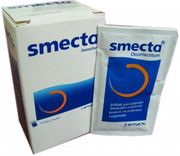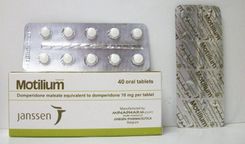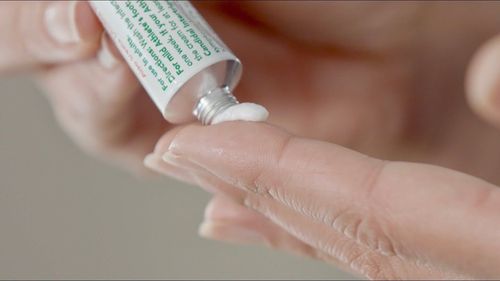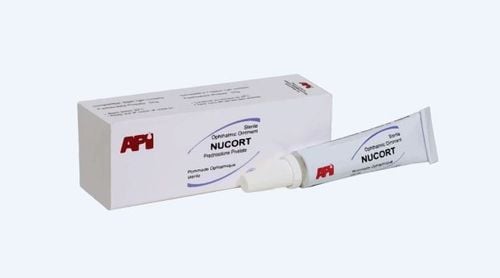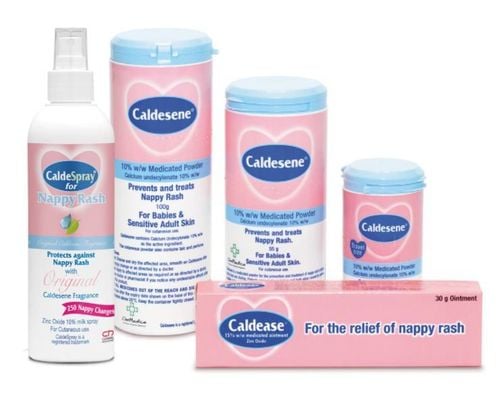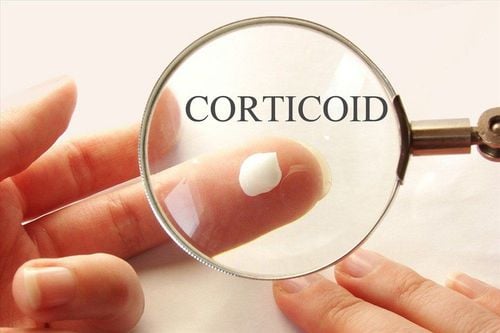This is an automatically translated article.
Cortipharm is a drug used in dermatology, with the main ingredients being Chloramphenicol 160mg, Dexamethasone acetate 4mg. The drug is used to relieve symptoms of skin diseases such as itchy skin, rashes, acne skin... The following article will provide information about Cortipharm, clinical and how to use it.
1. What is Cortipharm?
Cortipharm drugs are used in reducing inflammatory and allergic symptoms on the skin, the drug effect is due to the synergistic effect of the active ingredients of the antibiotic Chloramphenicol and the anti-inflammatory drug Dexamethasone.
Chloramphenicol antibiotic isolated from Streptomyces venezuelae, produced by synthetic method, phenicol group. Pharmaceutical substances have bacteriostatic and bactericidal effects at high drug concentrations and highly sensitive bacteria. The drug has a mechanism of binding to the 50S corpuscle of the ribosome, participating in the inhibition of protein synthesis in rapidly growing cells. The drug causes bone marrow depression and can be irreversible after discontinuation, and has immunosuppressive activity if the drug is systemic. Dexamethasone acetate is fluomethylprednisolone, a synthetic, water-insoluble glucocorticoid. The drug binds to receptors in the cell, translocates to the nucleus of the cell, and affects a number of genes that are translated. The drug has anti-inflammatory, anti-allergic and immunosuppressive effects. The drug is prepared for external use, so Cortipharm has a local effect, and the effectiveness of the active ingredients is promoted at the place of application. Absorption of Cortipharm may be increased when mucous membranes, skin areas are inflamed or damaged.
2. Indications and contraindications to the drug Cortipharm
Use Cortipharm in cases where the skin is itchy, inflamed, allergic, sores, skin rashes, acne appears.
Contraindicated in the following cases:
Patients with hypersensitivity, allergic reactions to drug components including dexamethasone, Chloramphenicol or excipients. In case the patient has skin tuberculosis, or has a skin disease caused by a virus, do not use Cortipharm.
3. Dosage and how to use Cortipharm
3.1. How to use Cortipharm is packaged in a box of cream or sugar medicine that is applied to the skin to be treated. The treatment area should be washed with clean, warm water, then dried or dried.
When applying the medicine, pay attention to apply a thin layer of cream, gently rub the area to be applied, do not rub vigorously, do not apply many layers, avoid the eye, nose, mouth area.
3.2. Dosage Apply 1 to 4 times a day. The course of drug use requires a specific prescription from the doctor.
4. Undesirable effects when using Cortipharm
Topical medicine Cortipharm has few unwanted effects, patients rarely have to stop using Cortipharm unless prescribed by a doctor.
Patients may appear skin atrophy, red rash, bruised skin, hirsutism.
5. Notes when using Cortipharm
When using Cortipharm, it should be noted:
Do not apply a thick layer of cream, avoid using it on a large area of skin, where the bandage is closed, avoid applying to the eyelids, or the nipple area in lactating women. The topical medication should not be used on infants and infants. Patients do not arbitrarily use Cortipharm, do not use the drug for too long or quit on their own. During pregnancy, or breastfeeding, you should consult your doctor and have a prescription if you want to use Cortipharm. While taking Cortipharm, you can still safely drive, move, operate machinery. Above is information about the drug Cortipharm. This topical cream is effective and has few side effects in the local symptomatic treatment of dermatosis. But you need to follow the principles of treatment, use the drug according to the recommendations and indications to limit unwanted effects and increase the effectiveness of Cortipharm. All your questions should be consulted and answered by doctors and pharmacists.
